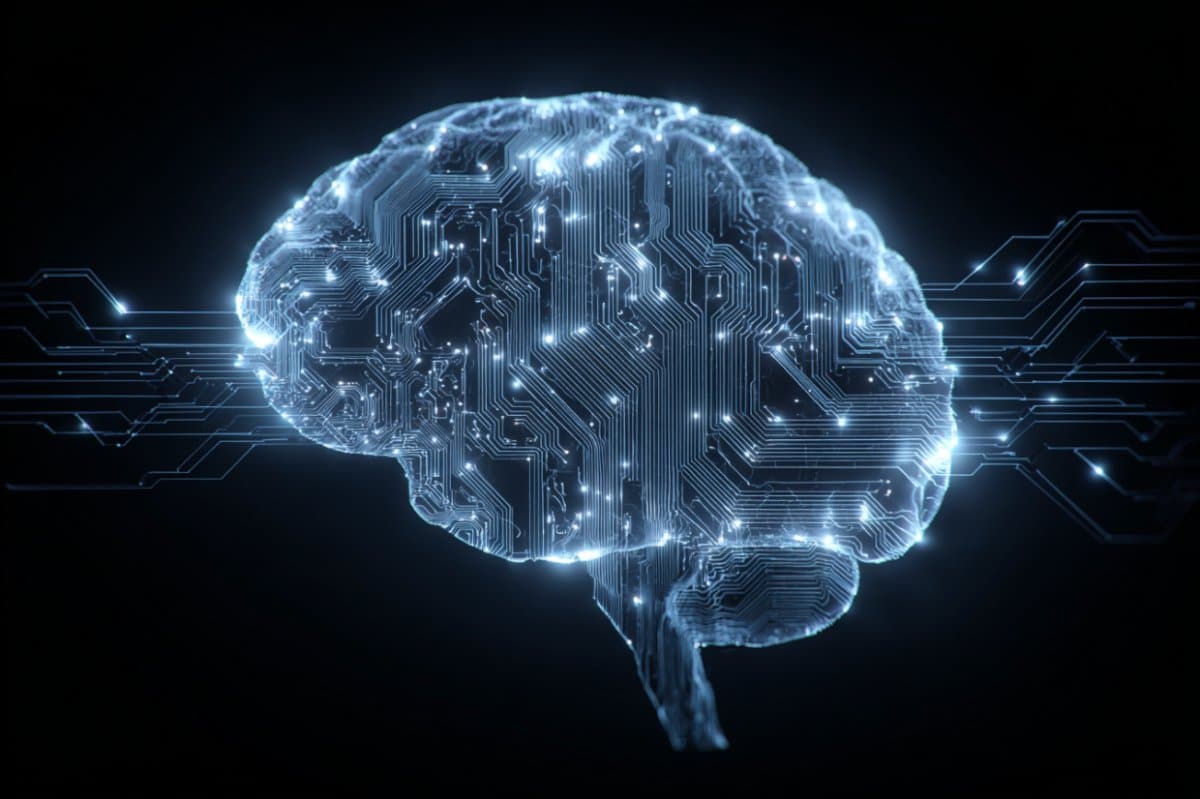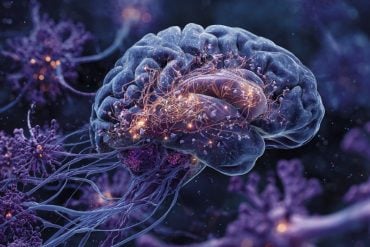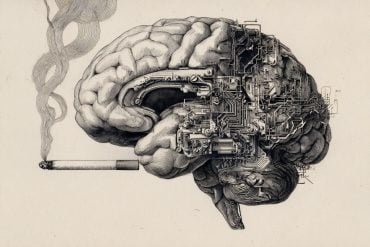Summary: Learning to code doesn’t require new brain systems—it builds on the ones we already use for logic and reasoning. Researchers found that when people learned programming, the same fronto-parietal brain regions that processed logical statements also lit up for computer code.
Even before training, those neurons responded to descriptions of code written in plain language. The findings suggest that our brains are naturally equipped with the neural foundation for learning programming.
Key Facts
- Logic at the Core: Coding relies on the same brain areas responsible for reasoning and problem-solving.
- Built-In Potential: Before learning, the brain already recognizes the logic patterns that coding later formalizes.
- Neural Recycling: Programming repurposes existing circuits rather than creating new ones, explaining why anyone can learn it.
Source: JHU
Computer programming powers modern society and enabled the AI revolution but little is known about how our brains learn this essential skill.
To help answer that question, Johns Hopkins University researchers studied the brain activity of university students before and after they learned how to code.
After the students took a programming course, parts of their brain activated as they read code. Inside these areas, groups of neurons represented the meaning of code.

Surprisingly, before the students took the class or knew anything about programming, the same groups of neurons also fired when the students read the programs described in plain English.
The federally-funded work, newly published in the Journal of Neuroscience, provide insight into how and why the human brain programs.
“Many of the things we do in the modern world, our brains didn’t evolve to do, including programming, driving, reading and math,” said senior author Marina Bedny, a cognitive neuroscientist who studies brain plasticity and development.
“A programming class ‘recycles’ your logic brain areas for code. What we found is that by the time you get to college your brain already has the neural foundations for programming.”
AI tools are making coding increasingly accessible. With more people gaining access to programming, Bedny and first author Yun-Fei Liu, a postdoctoral fellow, set out to discover how the human brain adapts as novices begin to learn the skill.
The team used functional magnetic resonance imaging (fMRI) to track the brain activity of undergraduate students before and after they took a semester-long introductory course in Python, a programming language.
When students read code after the course, groups of neurons in a part of the brain responsible for logic, the fronto-parietal regions, represented the meaning of the programs. But even before class, when students read plain English descriptions of the coding programs, the same neurons already activated for the program algorithms.
“Learning to code uses the same neural machinery that we use for logical problem-solving. Everyone has these abilities,” said Liu, who investigates how the brain learns educationally relevant cultural skills.
The findings suggest that all humans are equipped with the foundation needed to learn programming—which is mostly logic. And exercising those logic muscles through puzzles, games and everyday dinner-table debates might prime kids for future programming success.
“Someone not familiar with coding might look at Python and feel like they’d never be able to understand it, but our study suggests all of us have the capacity to code,” Bedney said. “We might even be born with it.”
Key Questions Answered:
A: It shows that coding draws on preexisting neural systems for logic, not specialized “coding” regions.
A: Yes. After training, neurons in the brain’s logic centers began representing the meaning of code, showing clear adaptation.
A: It supports the idea that logical thinking and problem-solving activities can prepare the brain to learn programming more easily.
About this logic, cognition, and neuroscience research news
Author: Jill Rosen
Source: JHU
Contact: Jill Rosen – JHU
Image: The image is credited to Neuroscience News
Original Research: Closed access.
“Learning to program “recycles” preexisting frontoparietal population codes of logical algorithms” by Marina Bedny et al. Journal of Neuroscience
Abstract
Learning to program “recycles” preexisting frontoparietal population codes of logical algorithms
Computer programming is a cornerstone of modern society, yet little is known about how the human brain enables this recently invented cultural skill. According to the neural recycling hypothesis, cultural skills (e.g., reading, math) repurpose preexisting neural “information maps”.
Alternatively, such maps could emerge de novo during learning, as they do in artificial neural networks. Representing and manipulating logical algorithms, such as “for” loops and “if” conditionals, is key to programming.
Are representations of these algorithms acquired when people learn to program? Alternatively, do they predate instruction and get “recycled”?
College students (n=22, 11 females and 11 males) participated in a functional magnetic resonance imaging (fMRI) study before and after their first programming course (Python) and completed a battery of behavioral tasks.
After a one-semester Python course, reading Python functions (relative to working memory control) activated an independently localized left-lateralized fronto-parietal reasoning network.
This same network was already engaged by pseudocode – plain English descriptions of Python, even before the course.
Critically, multivariate population codes in this fronto-parietal network distinguished “for” loops and “if” conditional algorithms, both before and after. Representational similarity analysis revealed shared information in the fronto-parietal network before and after instruction.
Programming recycles preexisting representations of logical algorithms in fronto-parietal cortices, supporting the recycling framework of cultural skill acquisition.






